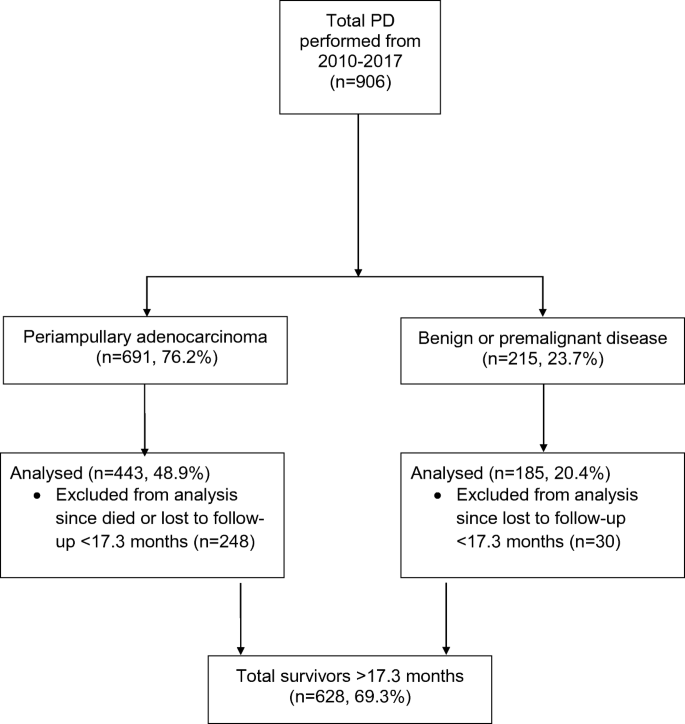Bile duct obstruction diagnosis your health care provider will examine you and feel your belly.
Bile duct obstruction surgery complications.
As a result of an injury the bile duct will not be able to work right leaking bile into the abdomen or blocking the normal flow of bile from the liver.
Bile duct obstruction treatment usually involves surgery or an endoscopic procedure.
Itching abdominal pain usually in the upper right side fever or night sweats nausea and vomiting tiredness or lack of energy unintentional weight loss loss of appetite.
People with bile duct obstruction also often experience.
This type of surgery is done when the cancer is too widespread to be removed completely.
A bile duct can get cut burned or pinched.
Left untreated a bile duct obstruction can cause life threatening complications.
Dangerous buildup of bilirubin infections sepsis chronic liver disease biliary cirrhosis.
Pale colored stools caused by lack of bilirubin dark urine caused by bilirubin excreted in the urine jaundice yellow skin color itching abdominal pain in the upper right quadrant fever nausea and vomiting.
If the biliary obstruction is left untreated it can lead to severe complications including liver diseases scarring of the bile ducts and acute cholangitis infection in the bile duct.
A bile duct injury is damage to the bile ducts that happens during gallbladder surgery.
The cause of the obstruction will determine what kind of surgery or procedure is necessary.
Possible complications that can arise without treatment include.
Cysts of the common bile duct enlarged lymph nodes in the porta hepatis gallstones inflammation of the bile ducts narrowing of the bile ducts from scarring injury from gallbladder surgery tumors of the bile ducts or pancreas tumors that have spread.
This includes infection sepsis and liver damage.

